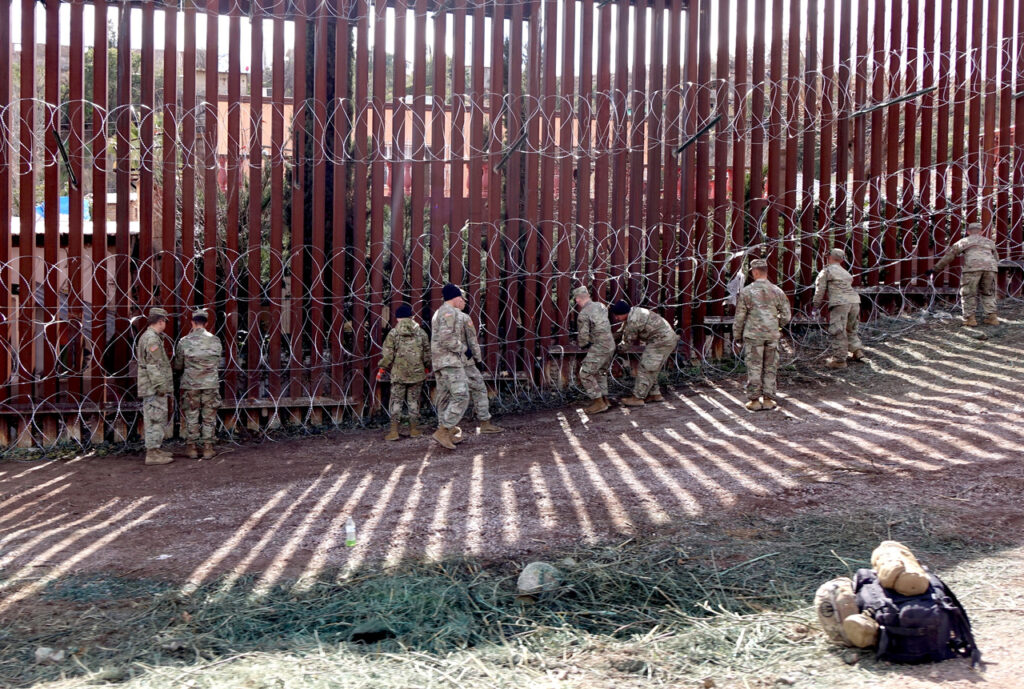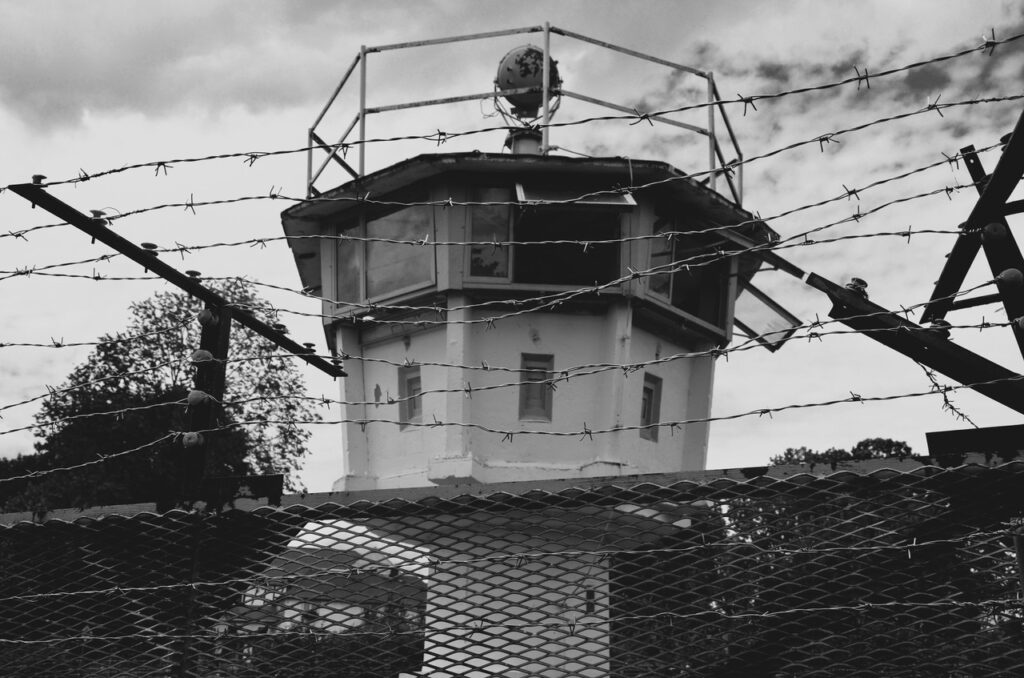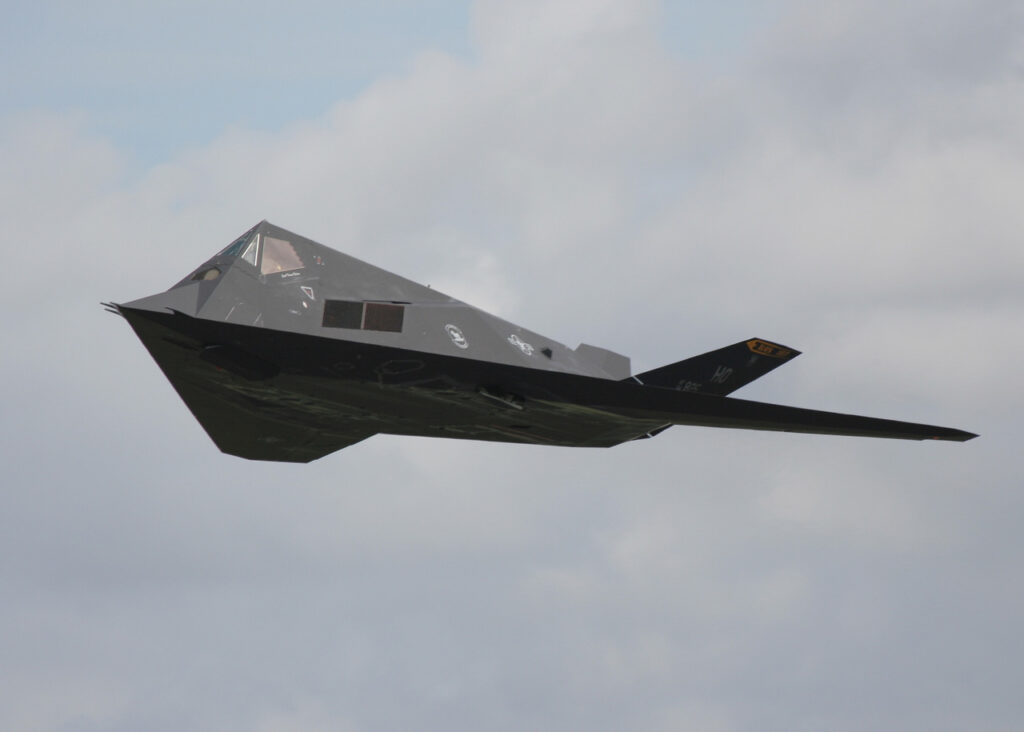
Why the G43 Glock Could Be the Most Dangerous Gun on the Planet
The G43 is also one of the smallest pistols in its class, measuring a mere 6.26 inches long and 4.25 inches high. Width, a key consideration for a gun that must be concealed on a person, is an remarkable 1.02 inches. The G43 has a barrel length of 3.39 inches, more more than half the length of the gun, and a loaded weight of 22.36 ounces, or less than a pound and a half. As a smaller, lighter pistol possibly loaded with “hotter” +P loads, the G43 is theoretically a candidate for recoil handling issues. The gun’s “pointability,” or how easily it is to bring on target, coupled with aggressive texturing on the gun’s polymer grip, make it easier to control. The low round count in the magazine will also guarantee that the use won’t fire more than one or two rounds at a time.
Subcompact guns, like subcompact automobiles, are designed to fulfill a very narrow mission set. Neither are for everybody, and feature significant trade-offs to appeal to a specific type of customer. You won’t find a small pistol shorter than the length of your hand in the arsenals of most world armies, but they are ideal for everyday civilians who need to discreetly carry a firearm on them in public. The new Glock 43 is possibly the best combination of mobility, discretion and firepower on the civilian handgun market.
The Glock 43, also known as the G43, is the latest innovation from Glock. Glock was made famous when novice gunmaker Gaston Glock produced the G17 pistol to fulfill an Austrian Army contract. The double action, polymer gun with a large seventeen-round ammunition capacity quickly won a reputation for reliability, accuracy and ease of maintenance. Its use of polymers quickly made it a media sensation for allegedly being “invisible” to airport security X-ray machines, although the reality was that the pistol profile was still easily visible in an X-ray scanner.
From the single G17, Glock’s product line slowly spread out across calibers and sizes, producing standard-sized, compact and subcompact pistols in nine-millimeter, .40 Smith & Wesson, ten-millimeter Auto, .45 ACP, .45 G.A.P, .380 Auto and .357 Sig. Standard handguns, such as the nine-millimeter G17 and the .40 caliber G22, are generally issued to police departments and armies as sidearms. Compact handguns, such as the G19, are generally slightly shorter in barrel length and ammunition capacity, and make easily storable home-defense weapons.
Recommended: Uzi: The Israeli Machine Gun That Conquered the World
Recommended: The M4: The Gun U.S. Army Loves to Go to War With
Recommended: Why Glock Dominates the Handgun Market (And Better than Sig Sauer and Beretta)
Subcompact handguns, on the other hand, are built for carrying. The subcompact must balance a bullet powerful enough to stop a threat with the fact that the gun carries fewer of them in order to remain small and unobtrusive. Subcompacts must be small and ideally narrow in order to prevent “printing,” the dreaded phenomenon when the profile of a handgun is visible underneath clothing.
The G43 fulfills the ideal subcompact gun criteria on a number of fronts. The pistol is Glock’s first so-called “single-stack” subcompact handgun; while handguns with relatively small nine-millimeter bullets pack them into two narrow columns in the magazine, the G43 has only a single column of six bullets. Although far from the G17’s seventeen rounds of ammunition, the user has the option of using more powerful ammunition. Called +P loads, the ammunition uses more or different gunpowder to achieve higher pressures and faster bullet velocities.
The G43 is also one of the smallest pistols in its class, measuring a mere 6.26 inches long and 4.25 inches high. Width, a key consideration for a gun that must be concealed on a person, is an remarkable 1.02 inches. The G43 has a barrel length of 3.39 inches, more more than half the length of the gun, and a loaded weight of 22.36 ounces, or less than a pound and a half.
As a smaller, lighter pistol possibly loaded with “hotter” +P loads, the G43 is theoretically a candidate for recoil handling issues. The gun’s “pointability,” or how easily it is to bring on target, coupled with aggressive texturing on the gun’s polymer grip, make it easier to control. The low round count in the magazine will also guarantee that the use won’t fire more than one or two rounds at a time.
Concealed-carry handguns are highly specialized handguns with one mission: actively defend the user until the user is clear of the threat or the threat is eliminated. In situations with other guns present, their limitations make them purely defensive in nature. A concealed-carry handgun owner needs a pistol that can squeeze as much performance out of a small and unobtrusive package as possible. The Glock 43 is one example of such a pistol.
Kyle Mizokami is a defense and national-security writer based in San Francisco who has appeared in the Diplomat, Foreign Policy, War is Boring and the Daily Beast. In 2009 he cofounded the defense and security blog Japan Security Watch. You can follow him on Twitter: @KyleMizokami.
Image: Creative Commons.
This first appeared last year.


